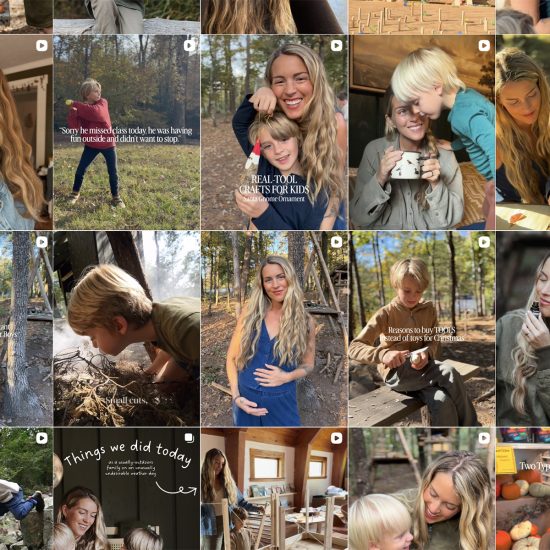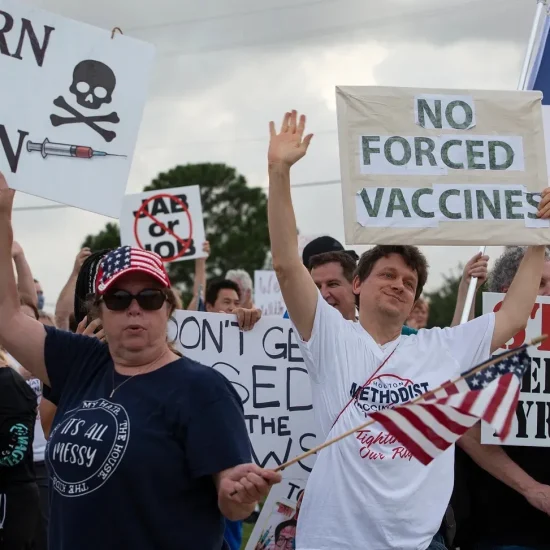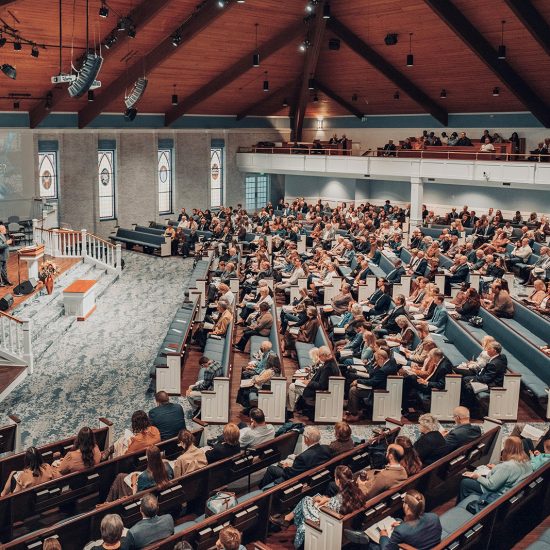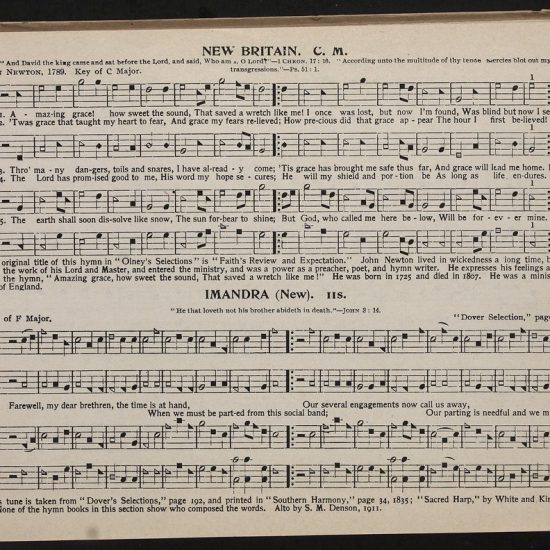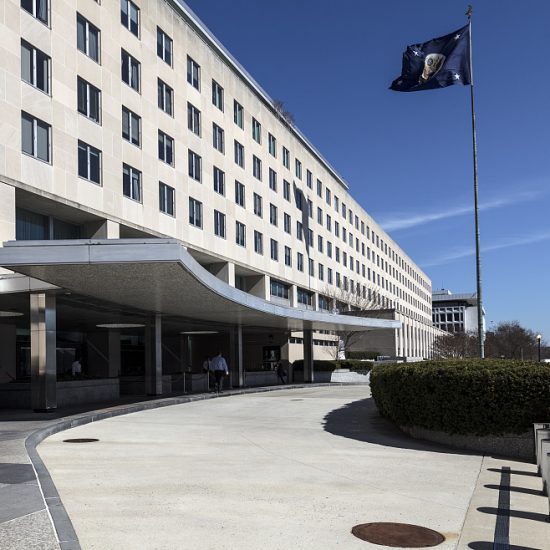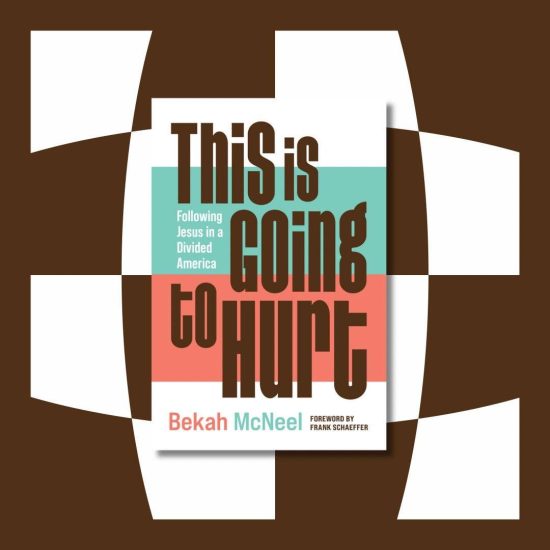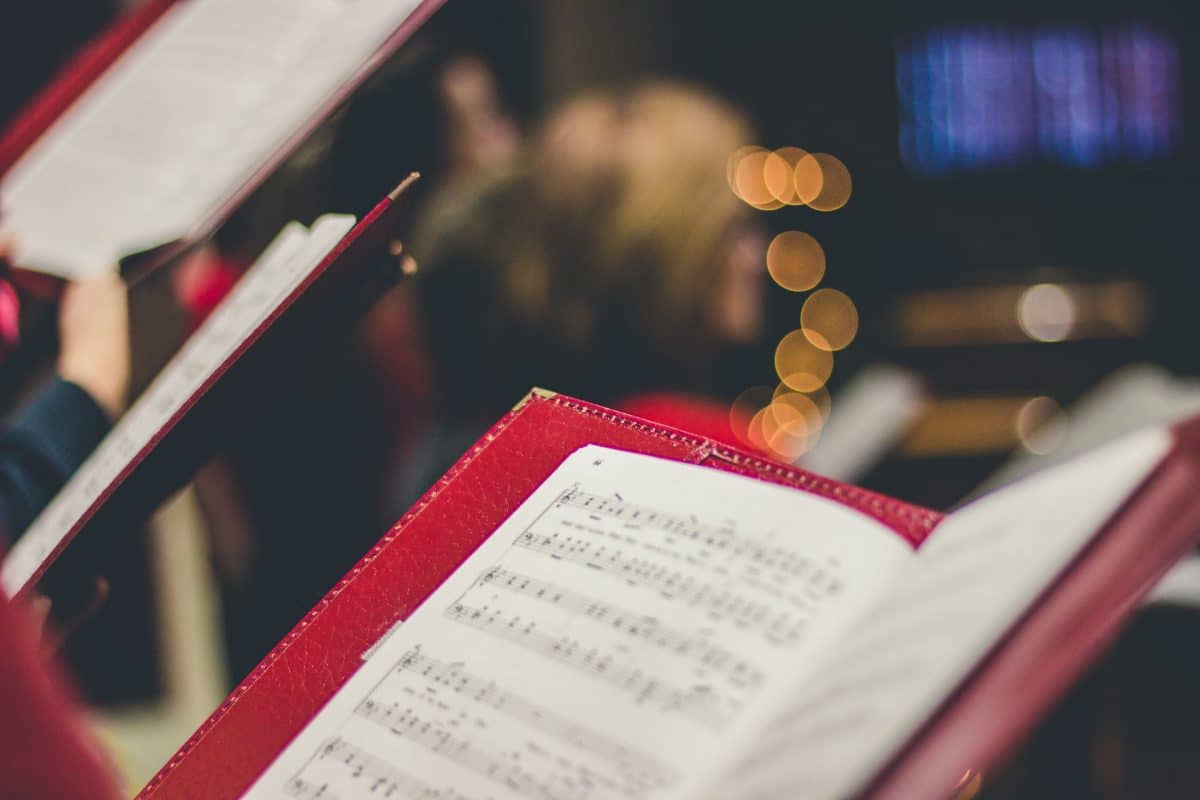

Photo by David Beale on Unsplash
As individual churches, states, and countries — increasingly with input from the courts — determine when and how churches can resume in-person worship, many of us are rushing to see one another and worship together again without considering the health elements of worship, especially about singing.
While many churches are thinking in terms of weeks when it comes to gathering again in person, new information suggests that it may be months or years before group singing is once again safe.
Last week The Guardian reported that in issuing guidelines for returning to worship, Germany’s religious leaders agreed on health precautions: distancing, restrictions on communion, not kissing the Jewish Torah, and a halt to Friday prayer for Muslims. The main sticking point? Communal singing.
Lothar Wieler, the head of the German government’s disease control agency, specifically warned that singing is ill-advised: “Evidence shows that during singing, the virus drops appear to fly particularly far.”
While six feet is recommended for physical distancing, there’s a lot of uncertainty about how far away we need to be when singing. As we are told by health experts, the COVID-19 virus is spread by large water droplets propelled not only by sneezing or coughing but talking or singing, as well as indirect contact we can get by not washing our hands or by touching our faces. But evidence suggests that smaller droplets from sneezing can travel as far as 27 feet away as well. And further, that aerosol particles of a virus can hang around in the air for hours.
And it isn’t just coughs or sneezes. Have you ever noticed how you can smell perfume or lotion from across a room over time? That’s not from sneezing, but air turbulence — the same turbulence that can carry water droplets. And this further complicates avoiding transmission of the virus.
It’s those same aerosol particles responsible for 75 percent of the Mount Vernon, Washington, choir contracting COVID-19, with two deaths, despite using hand sanitizer, spacing out and avoiding physical contact. Plus, ScienceNews also notes the sobering fact that people can spread the coronavirus before they develop symptoms.
And how long should those restrictions be in place?
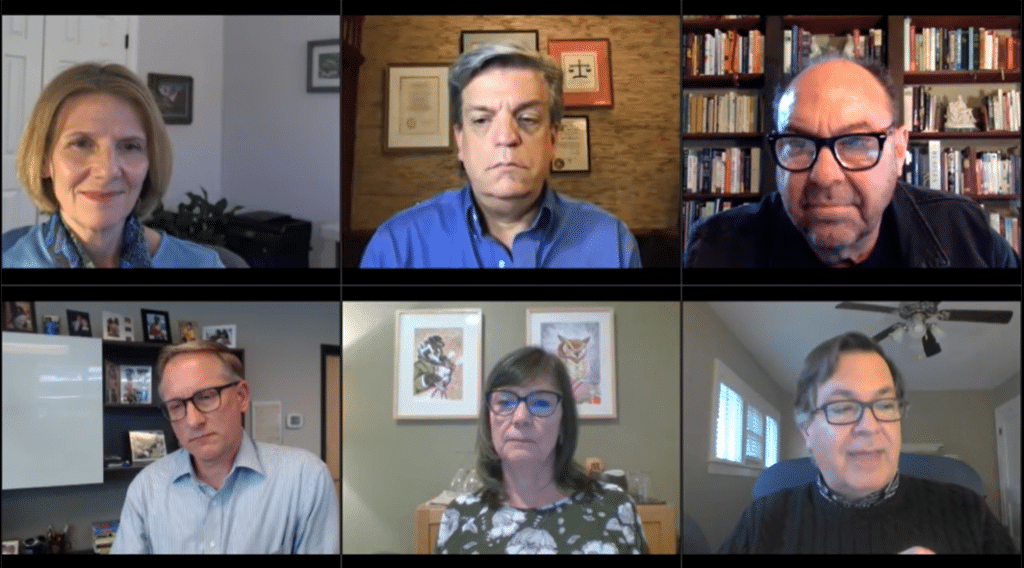
National Association of Teachers of Singing May 5 webinar, “A Conversation: What Do Science and Data Say About the Near Term Future of Singing” screenshot.
In a National Association of Teachers of Singing webinar titled “A Conversation: What Do Science and Data Say About the Near Term Future of Singing” that included leadership from the American Choral Directors Association, Chorus America, Barbershop Harmony Society, and Performing Arts Medical Association, a panel shared the implications of scientific evidence about the aerosolization of the virus and the risks for both singers and audiences. (A summary of the webinar is also available.)
“I know that getting back to practicing and performing as a concern,” stated Tom Clareson, project director of Performing Arts Readiness, an emergency preparedness organization helping performing arts organizations. “But from what I’m hearing, and from what I know, many performing arts organizations are planning to wait until phase three [of the president’s Open Up America initiative], when the distancing protocols are more limited.”
“We really need a vaccine developed. It’s probably going to take about 18-24 months,” said Dr. Lucinda Halstead, president-elect of the Performing Arts Medicine Association and an otolaryngologist at the Medical University of South Carolina. “There are some new drug treatments coming along, but if they are not overall efficacy of 95 percent or better, it’s not going to help us.”
Halstead did not see a safe spacing solution that does not still involve risk for singers. She sees the return to group singing as an acceptance of risk by participants, ongoing screening tests, and the privacy issues connected to testing results.
The webinar acknowledged several infection flare-ups were traced back to church services. As Word&Way reported in March, one person in South Korea who attended worship was responsible for more than 1,000 new cases, while other services in the United States have infected dozens.
Tim Sharp, executive director of the American Choral Directors Association, responded to the information as a “reality check” for many of the webinar’s listeners who he supposed were “in shock right now.” Admitting he felt a little depressed at what we can’t do right now, he encouraged everyone to consider the other question, “What can we do?”
First, it is wise to consider restrictions from places such as the current order of Mendocino County, California; Alberta, Canada; and Knox County, Tennessee. Even if your local officials don’t suggest against singing, we can voluntarily learn from those that do.
Second, is developing answers to the question, “What can we do?” Webinar participants suggested looking at rehearsal space ventilation and surfaces, developing policies, looking at liability coverage, and more individual practice. Creative ways of performing may also be developed and utilizing resources, either with smaller groups or using online technologies.
While the spoken word is a central part of worship, it is often the music that can provide powerful and meaningful emotional experiences. We may be tempted like the psalmist to sit down and cry as we can’t sing in this strange place (Psalm 137), but our faith remains nonetheless.
As the world races to find faster and more accurate tests and an effective vaccine, churches need to be willing to do as they have done for the last two millennia: adapt the Good News without changing the core message – that will not only communicate to today’s culture, but also share it safely.
See also:
The Risks – Know Them – Avoid Them (Eric Bromage)
Experiment Shows Human Speech Generates Droplets That Linger in the Air for More Than 8 Minutes (Washington Post)

